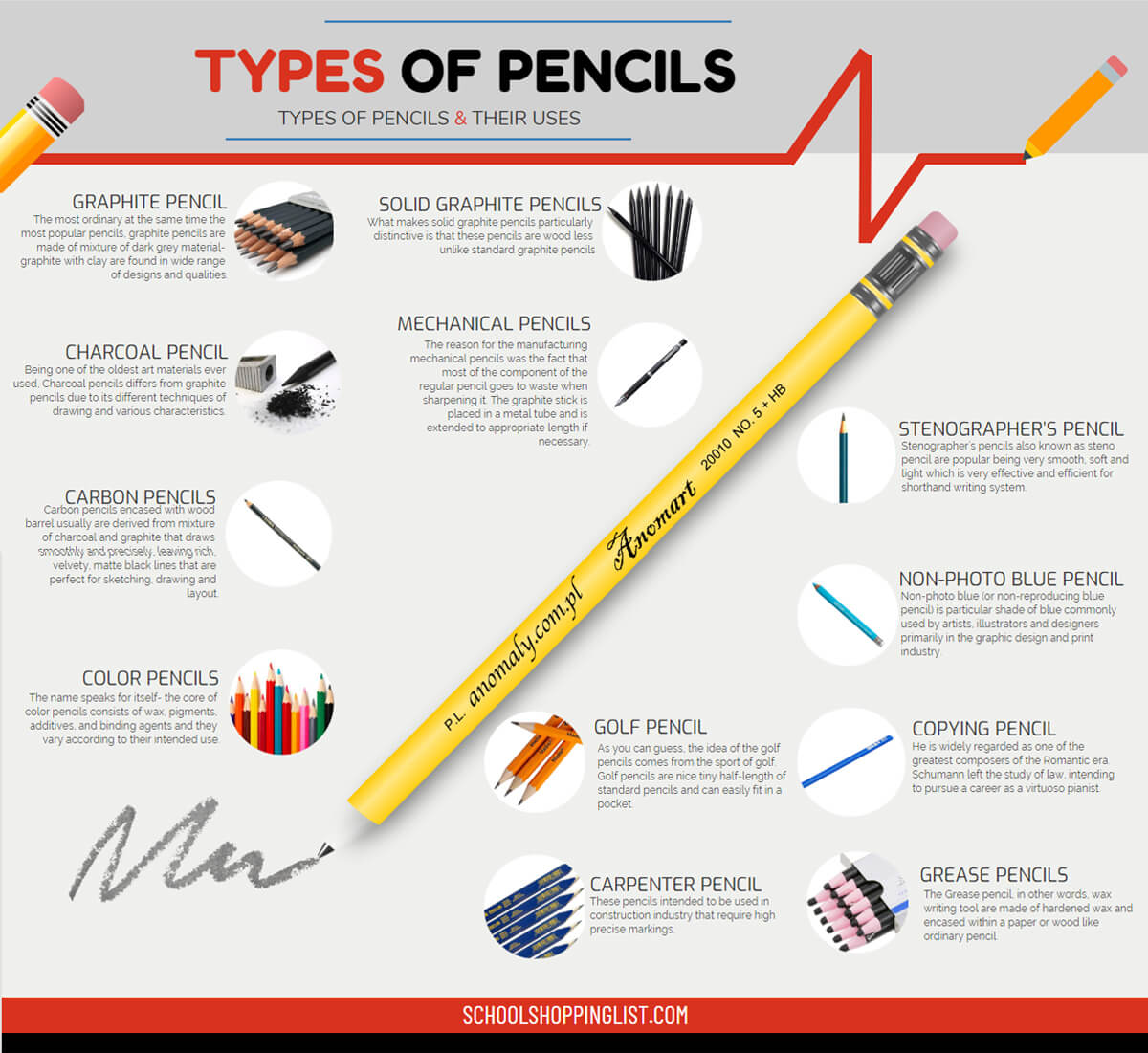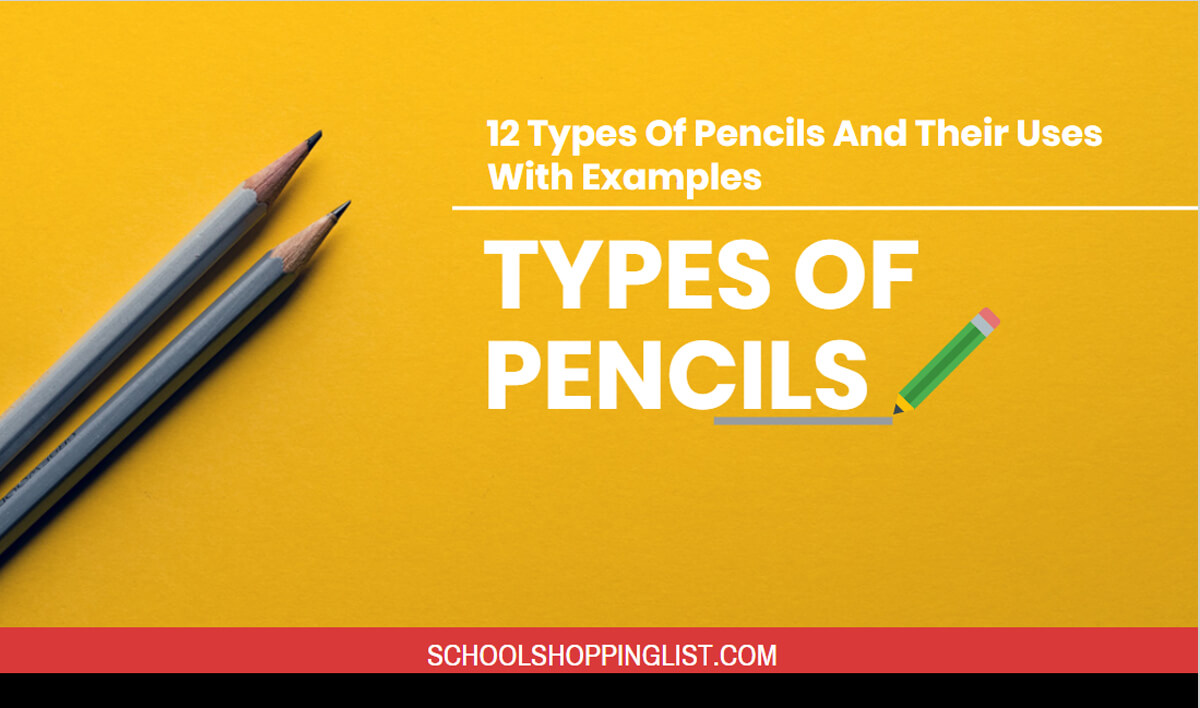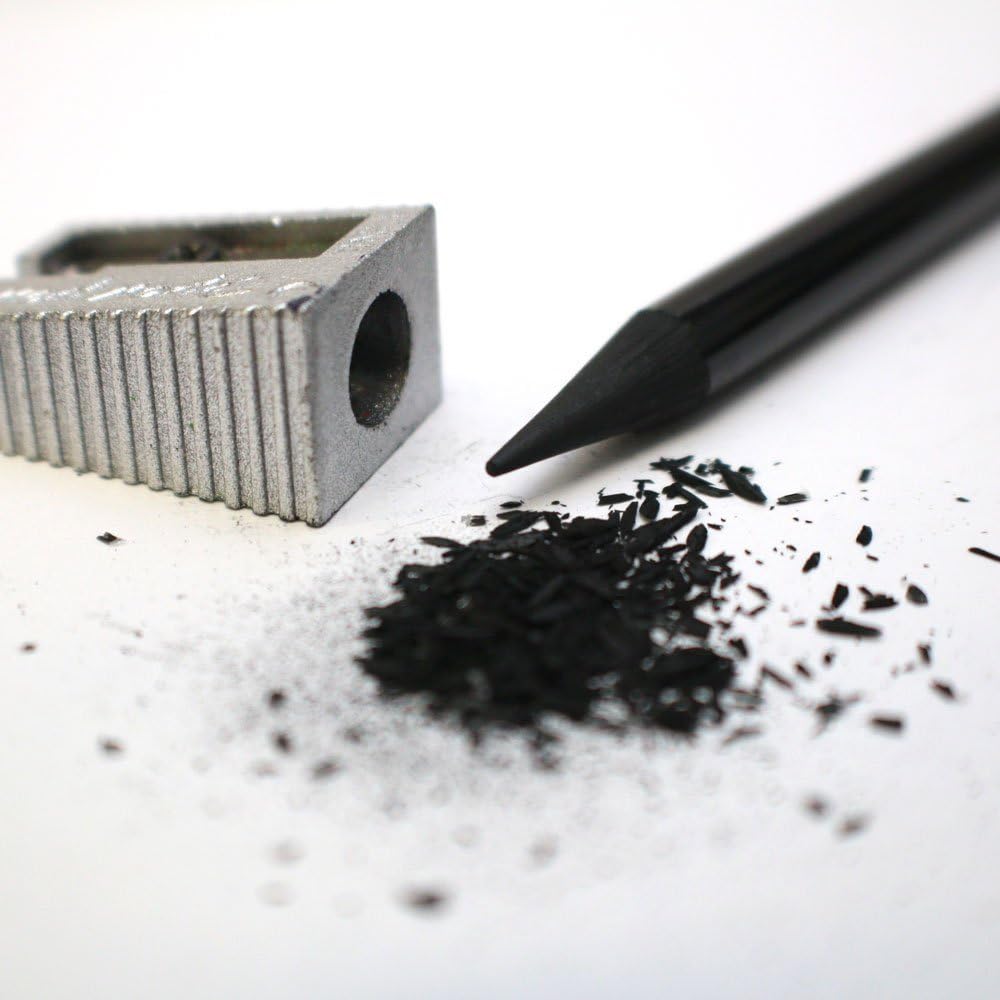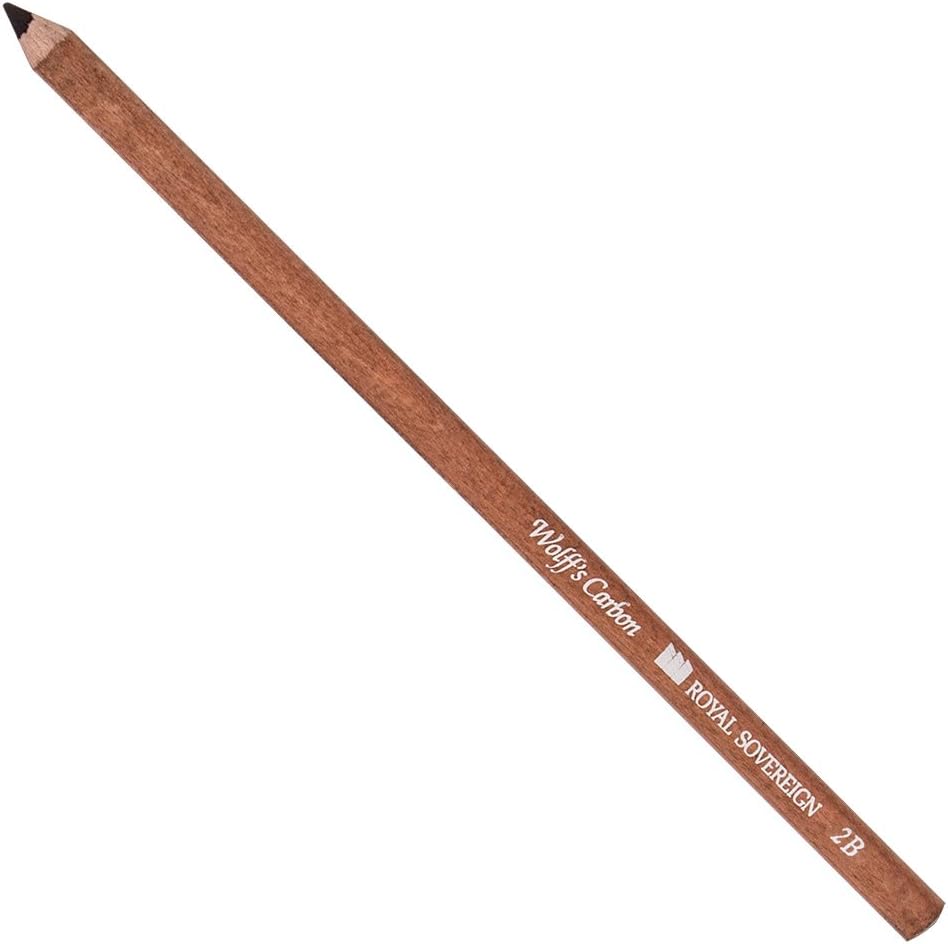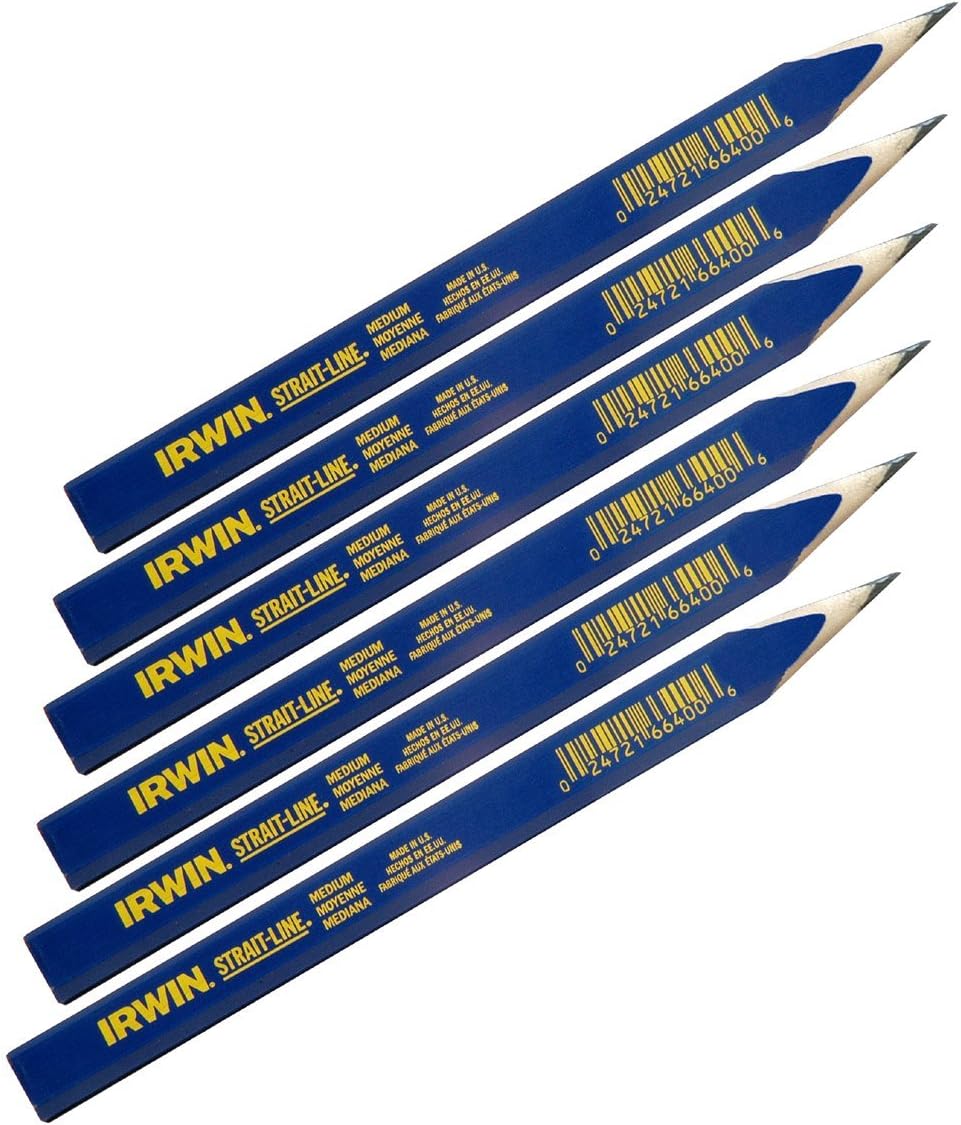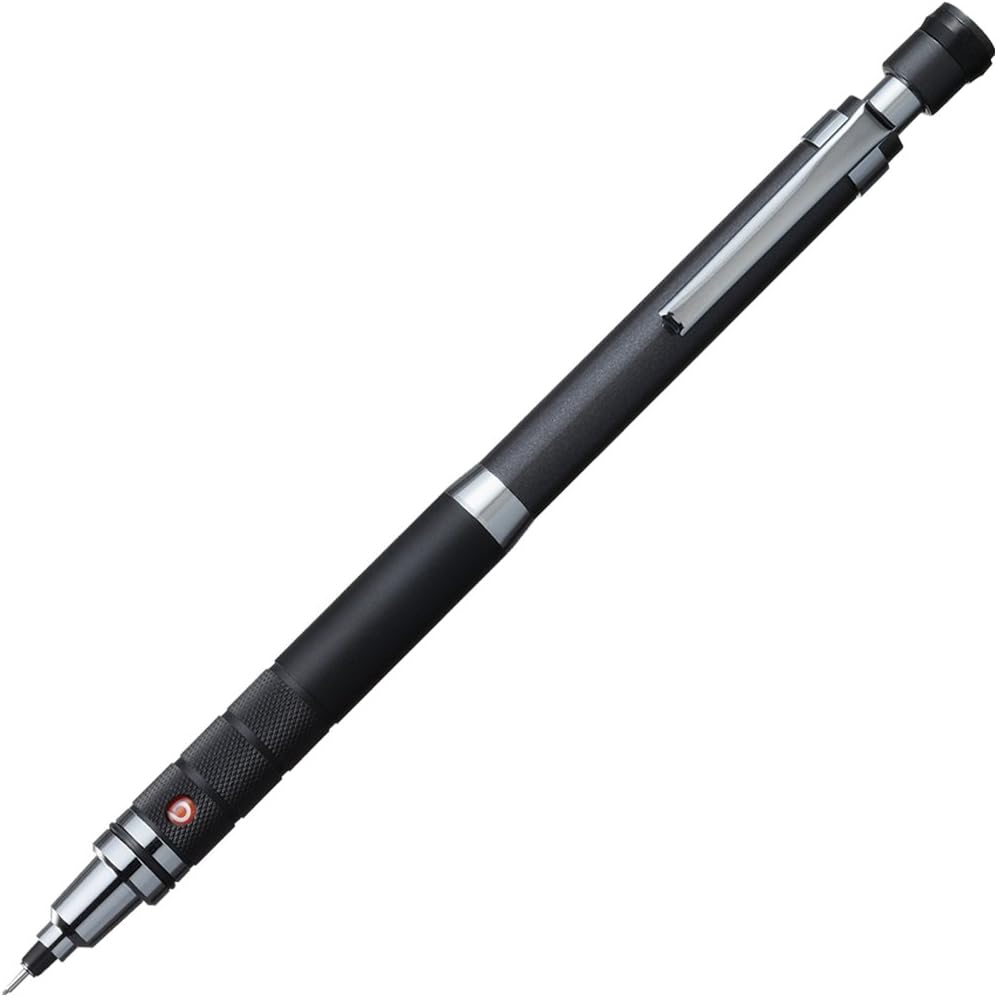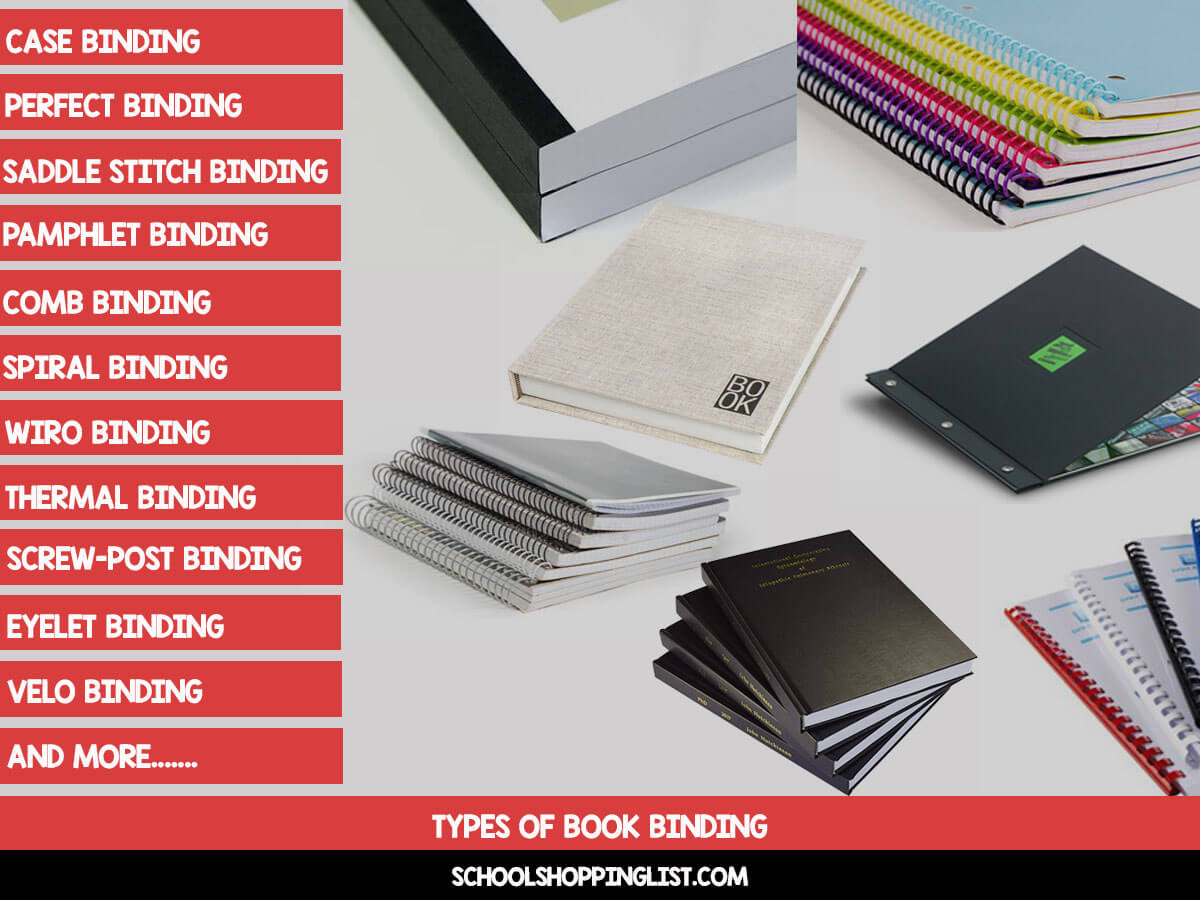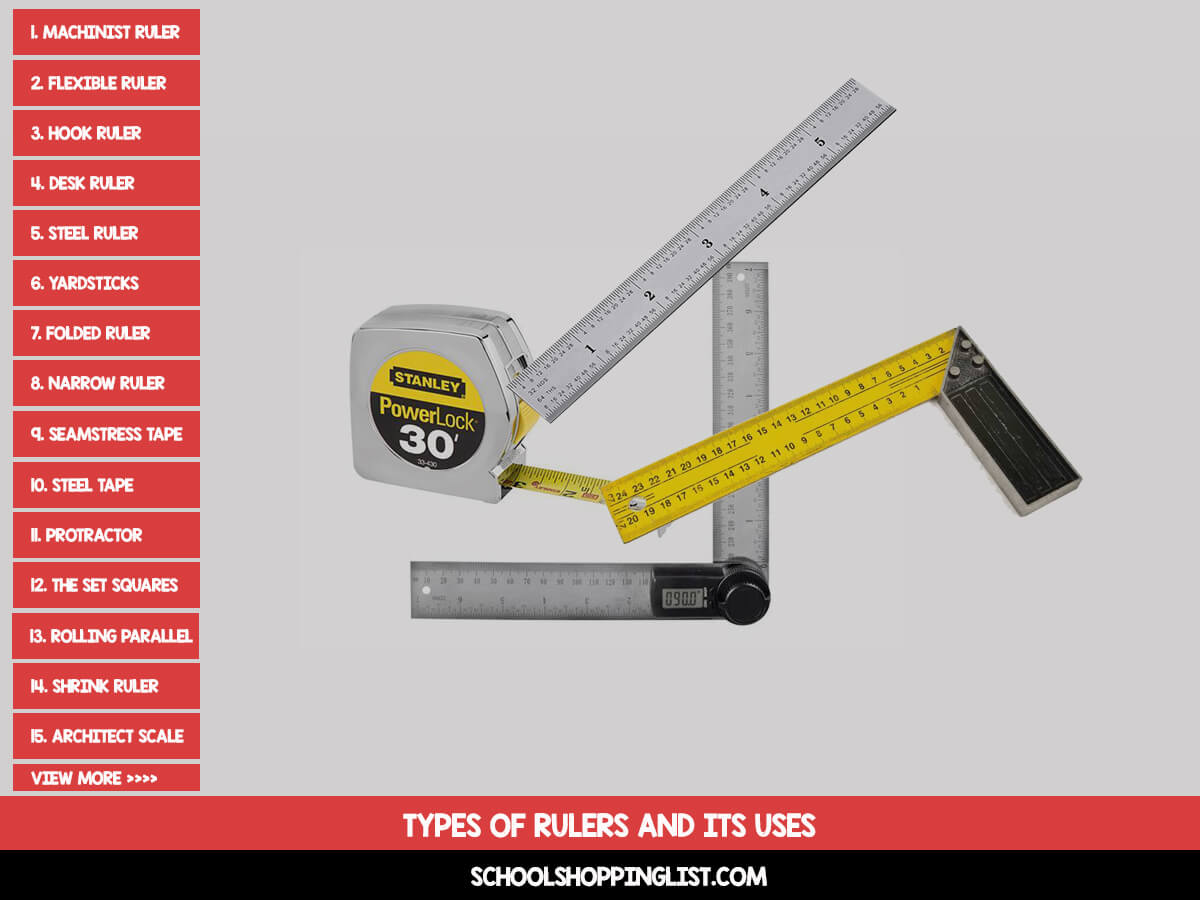Would you like to read an enjoyable post to get deep understanding of different types of pencils and their different use? If yes, look no further!
You need to know advantages and disadvantages of each type of pencils to determine effective use of them in order to get results you desire in certain cases. Various drawing techniques used by artists required a demand for the creation of more than one type of pencils over the time. It is important for the creative people who knows that future appearance of their work depends on the quality of the material the pencil is made of to ensure the drawing is exactly same as it is in the ideas with its necessary shapes and volumes. Let’s see what the purpose of each pencil and their characteristics is.
Overview
Types Of Pencils
01. GRAPHITE PENCIL
The most ordinary at the same time the most popular pencils, graphite pencils are made of mixture of dark grey material- graphite with clay are found in wide range of designs and qualities. They are also very handy with all the proper kind of shapes to ease your job while you are expressing yourself and getting creative.
When writing, these pencils leave a gray-black line of varying intensity, depending on the degree of hardness and blackness of the rod: the more graphite, the softer and the darker tones, the more clay, the harder and the lighter tones pencil will create on the paper.
To distinguish the ratio of graphite pencils, they are marked by numbers and letters B and H by manufacturers associated with degrees of blackness and hardness accordingly. The number placed in front of the letter tells about how soft or how hard the pencil is designated.
For example, a “4H” pencil is harder than a “2H” pencil whereas a “4B” pencil is softer than a “2B” pencil. Since harder pencils leaves lighter lines on paper and contain less graphite, their sharp point actually can be used for longer period of use. On the other hand, due to the large amount of graphite B pencils contains, it leaves darker lines on paper and tend to need more frequent sharpening.
02. SOLID GRAPHITE PENCILS
What makes solid graphite pencils particularly distinctive is that these pencils are wood less unlike standard graphite pencils.
What does that mean? While regular graphite pencils are built of thin stick of graphite covered by wooden body, a solid graphite pencil is thin stick of graphite covered by slim paper or plastic instead of wood. Artists can take advantage of it because it allows to smooth and velvety application while shading large areas of the drawing at once to get desired results in fast and easy manner and do not tend to require frequent sharpening for longer period of time.
Moreover, using graphite pencils can be hard to erase after painting is finished but solid graphite pencils does not only cover quickly but also erases like a dream once work is complete. Disadvantage of the using solid is that, without wood casing, it is hard to protect fingers from getting dirty. But not always, as it normally has thin paper or plastic coating, but If you don’t take a risk then how are you going to make something really beautiful, that hasn’t been seen before?
They are also available in varying degrees of hardness, and some manufacturers make them in different sizes.
03. CHARCOAL PENCIL
Being one of the oldest art materials ever used, Charcoal pencils differs from graphite pencils due to its different techniques of drawing and various characteristics. A charcoal pencil is compressed charcoal material encased within a wooden or paper wrapped pencil. The reason why charcoal pencils are favorite of the artists is that Charcoal drawing is easy to modify and adjust. Coal from paper can always be brushed off with a dry, clean cloth or wiped with a soft eraser. Thus, these pencils display well the translucency of the shades and the brightness of the tones.
Graphite pencils are not suitable when it comes to produce exclusively richer, darker values, therefore charcoal pencils are the best solution to provide wide range of tonal values. Charcoal pencils have variety of color shadows from the darkest black to the lightest grey.
The only thing to be careful of is dropping them – they will shatter and using a traditional pencil sharpener is not recommended instead knife or electric sharpener can be more practical. Another drawback to charcoal pencils is that they are not designated to for large scale drawings because as it is not easy to erase, when too much pressure is applied, it may destroy the whole drawing. Charcoal pencils are designated in several options: Willow, vine, charcoal pencils and Nitram Batons.
04. CARBON PENCILS
Carbon pencils encased with wood barrel usually are derived from mixture of charcoal and graphite that draws smoothly and precisely, leaving rich, velvety, matte black lines that are perfect for sketching, drawing and layout.
These pencils contain proper amount of carbon to push the dark and sharp lines without dreaded graphite shine and messiness of pure charcoal. They are not crumby and easy for sharpening which making them handy to use and compatible with the media for detailed work.
Graphite contribute to smoothness and sharpness of the drawing, while charcoal enables the artist to achieve significantly desirable darker values. Their blackness changes depending on the blending with charcoal and graphite and manufacturer. That is why, carbon pencils are often perceived by artist to be the perfect pencil to create dramatic and expressive drawings.
05. COLOR PENCILS
The name speaks for itself- the core of color pencils consists of wax, pigments, additives, and binding agents and they vary according to their intended use. Professional grade colored pencils differ from student grade color pencils due to the high-quality pigmentation. They are usually favorite of the children since they are easy and versatile to use as an enjoyable art supply.
Furthermore, they are characterized by being light, clean, durable and more break and water resistant comparing with graphite pencils. One of the most crucial aspect is that the artwork blended with colors create more realistic and alive feeling with little mess than paint while facilitating the expression of creativity.
Mechanical color pencils are simply lead refill are different for blending techniques and application procedures and are not commonly used as standard color pencils. Watercolor pencils (or water-soluble pencils) are very popular for being less lightfast than standard color pencils.
06. GREASE PENCILS
The Grease pencil, in other words, wax writing tool are made of hardened wax and encased within a paper or wood like ordinary pencil.
As they do not scratch the surface and they are moisture resistant, they are used by everyone from carpenters, aircraft and automobile designers, to tailors for variety of purposes as an oldest labeling tool in in wide range of surfaces like glass, metal, porcelain, etc.
In addition, you can use them to draw sketches on paper, but they do not display the same effect as graphite pencils do. These pencils do not have sharp points therefore they are not suitable to draw precise details on artwork.
07. CARPENTER PENCIL
These pencils intended to be used in construction industry that require high precise markings.
The pencil of the carpenter is equipped with an oval stylus which allows easier markings in an accessible thickness. The shape of the tool is designated in a certain way for the purpose of preventing the rolling on inclined rough surfaces and can be easily sharpened with a traditional knife.
They are very reliable assistants in the workshops with being more accurate, easy to remove and less prone to breakage unlike normal pencils therefore they usually last for long period of time.
08. COPYING PENCIL
Coping pencil, or in other words, indelible pencils was introduced first in 19th century for the purpose of easing production process of qualitative, clean and permanent papers in different fields and businesses.
They were produced like standard graphite pencils, primarily encased with wood and used on carbon paper, but unlike graphite pencils copying pencils contained graphite, clay and a colorant. They are usually extra-hard, leaves distinctive and long-lasting marks that can not be erased with rubber. They are applied by very little pressure on moisturized surface. They are not used as wide as it used to be today.
09. NON-PHOTO BLUE PENCIL
Non-photo blue (or non-reproducing blue pencil) is particular shade of blue commonly used by artists, illustrators and designers primarily in the graphic design and print industry. This pencil completely facilitates artists job through disappearing the shade of blue in the process of printing and copying the inked artwork after finishing. You can freely get creative and express your ideas while making guide marks in your sketches without having to worry about erasing undesired sketch lines before it is sent to be printed since copying machines and graphic design cameras are sensitive to blue as it is to white.
There are plenty of advantages of non-blue pencils, for instance, you can skip the risk of accidentally causing a tear on your paper and ruin the entire sketch while erasing the sketch lines. Also no erasing the sketch lines after inking is less work and less mess which is always a good thing in terms of saving time. Its unique formula makes them light, smooth and resistant to breakage and cracking.
10. GOLF PENCIL
As you can guess, the idea of the golf pencils comes from the sport of golf. Golf pencils are nice tiny half-length of standard pencils and can easily fit in a pocket. As they are very tiny you can lose them very easily while being on the green.
They cost less than regular pencils therefore they can be used for survey forms, lottery kiosks, church pews, compasses and more. They usually are not manufactured with the rubber on the top of it, so that you cannot cheat about scores.
11. MECHANICAL PENCILS
The reason for the manufacturing mechanical pencils was the fact that most of the component of the regular pencil goes to waste when sharpening it. The graphite stick is placed in a metal tube and is extended to appropriate length if necessary. This was invented by American Alonso Townsend in 1869.
The most important advantage of mechanical pencils is that they do not tend to require sharpening at all. Having to sharpen your pencils on regular basis might be quite annoying and make drawing less enjoyable, if drawing takes good part of your day. It was designed with a 2 mm stylus where the graphite stick is held by metal clips- collets. Collets are pressed while button on top of the pencil is pressed and adjust the stylus to the desired length. They are equipped with integrated eraser hidden under the push button and have different fixed line thickness so you can choose a thickness that suits your writing or drawing style.
One of the important reasons why they preferred by many drawers, drafters and writers is that mechanical pencils keep lines consistent and clear while avoiding the blunt looking sketch. This invention influenced the development of a whole group of products that are used everywhere today.
12. STENOGRAPHER’S PENCIL
Stenographer’s pencils also known as steno pencil are popular being very smooth, soft and light which is very effective and efficient for shorthand writing system. These pencils are expected to be very reliable since their lead is break proof. They are not usually considered affordable and will last longer period of time unlike simple pencils since they do not require frequent sharpening.
Nevertheless, sometimes steno pencils are recommended to be sharpened at both ends to ensure reliability. Moreover, they are round to avoid pressure pain during long texts.
I hope now you have an idea about various types of pencils and their intended uses in different areas.
